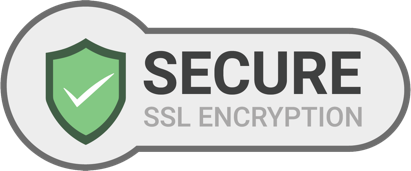Information about Trileptal (Oxcarbazepine)
Trileptal is a prescription medication that contains Oxcarbazepine, an anticonvulsant (anti-seizure) drug. It is primarily used to treat epilepsy and certain mood disorders. Oxcarbazepine works by stabilizing electrical activity in the brain, which helps to prevent and control seizures. It can be used alone or in combination with other medications to manage seizures and prevent their recurrence.
Product Highlights
- Used to treat partial seizures in both adults and children. It can also help prevent seizures from spreading to other parts of the brain.
- Trileptal is sometimes used off-label to stabilize mood and treat symptoms of bipolar disorder, though it is not FDA-approved specifically for this purpose.
Key Ingredient
Key Benefits
- Oxcarbazepine helps to effectively reduce the frequency and severity of partial seizures, improving quality of life for individuals with epilepsy.
- Compared to some other anticonvulsants, Trileptal has a lower potential for interacting with other medications.
- Trileptal generally causes fewer side effects, particularly when compared to older anticonvulsant medications such as carbamazepine.
- In some cases, it may help stabilize mood in individuals with bipolar disorder, though this use is off-label.
Direction of Use
- The dosage of Trileptal will be determined by the patient's healthcare provider based on their age, weight, medical condition, and response to treatment. It is generally started at a low dose, with gradual increases to reduce the risk of side effects.
- Trileptal is typically taken once or twice a day, with or without food. The oral suspension form should be shaken well before use.
- It’s important to take Trileptal at the same time each day to help remember the dose and maintain consistent drug levels in the bloodstream.
- If you miss a dose, take it as soon as you remember, unless it's almost time for your next dose. Do not take two doses at once.
Safety Concerns
- Common side effects include dizziness, drowsiness, and fatigue, especially when starting the medication or increasing the dose.
- Trileptal can cause low sodium levels in the blood, which may lead to symptoms like confusion, headache, and seizures. Regular blood tests are necessary to monitor sodium levels.
- Some patients may experience skin rashes or allergic reactions. Severe skin reactions, though rare, can occur and may require discontinuation of the drug.
- As with many anticonvulsants, there is a risk of suicidal thoughts or behavior. Patients should be monitored closely for signs of depression or mood changes.
- Trileptal should be used with caution in patients with kidney problems, as the drug is metabolized by the kidneys. Dose adjustments may be necessary.
- Trileptal should only be used during pregnancy if the benefits outweigh the risks, as it may cause harm to the fetus. It is also unknown if it passes into breast milk, so it should be used with caution during breastfeeding.
Avoid Trileptal (Oxcarbazepine) If
- You are allergic to Oxcarbazepine or any other component of Trileptal.
- You have a history of severe allergic reactions to anticonvulsants, especially carbamazepine, as Oxcarbazepine is related to carbamazepine and may cause similar reactions.
- You have severe kidney disease or impaired kidney function, as Oxcarbazepine is metabolized by the kidneys and may require dose adjustments.
- You are pregnant, unless prescribed by a healthcare provider, as Trileptal may cause harm to the developing fetus, particularly in the first trimester.
- You have low sodium levels (hyponatremia) or a history of sodium imbalance, as Trileptal can exacerbate these conditions.
- You are taking monoamine oxidase inhibitors (MAOIs) or have recently stopped taking them, as interactions can occur.





